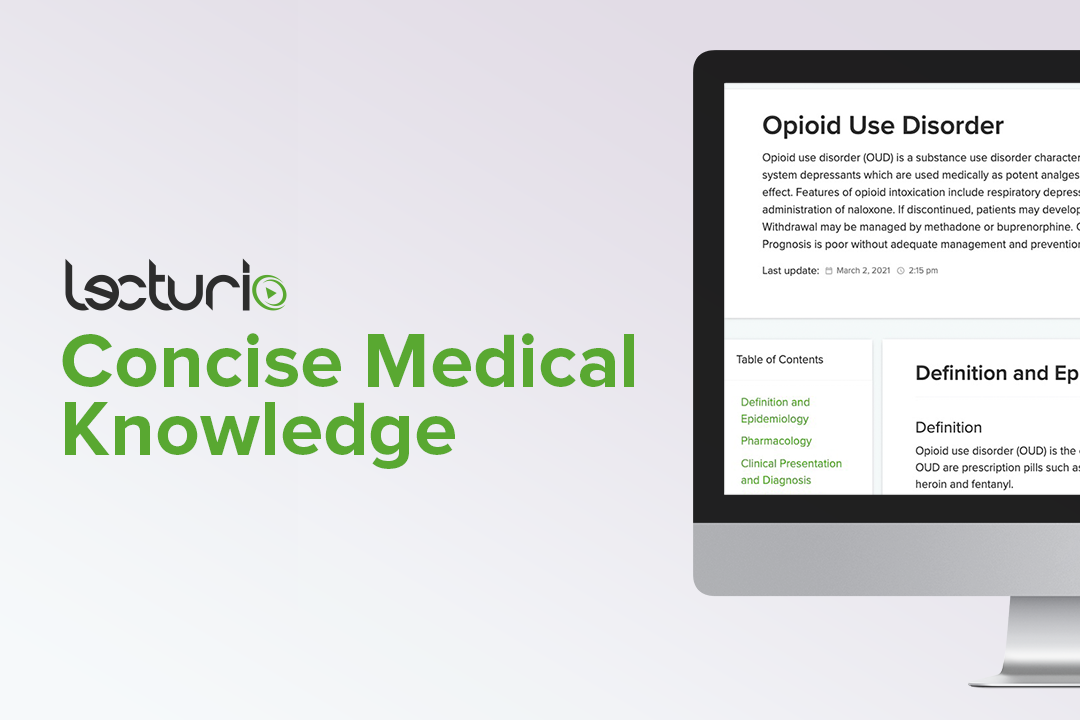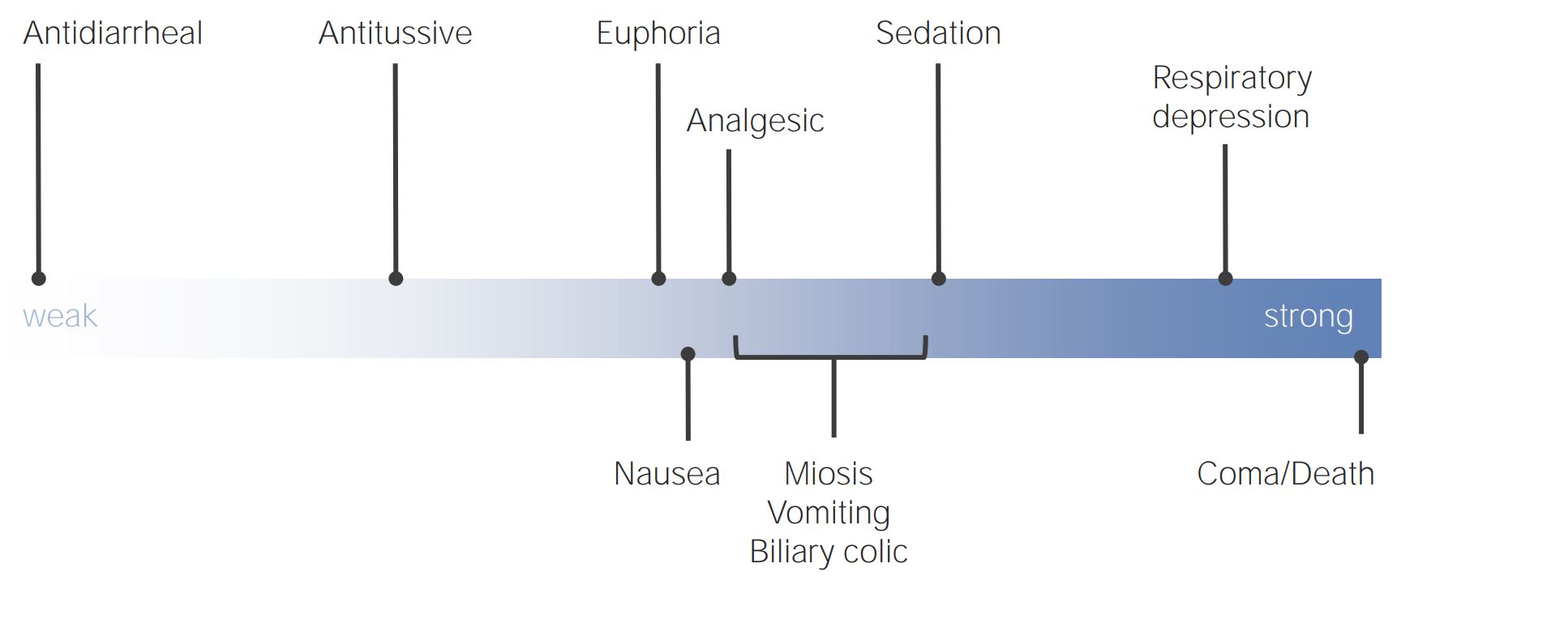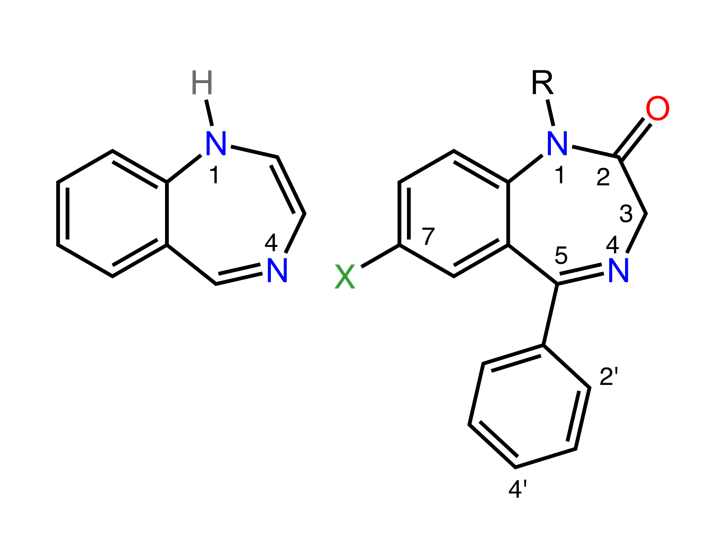Playlist
Show Playlist
Hide Playlist
Opioid Use Disorder – Opiates and Sedatives
-
05 - Opiates and Sedatives.pdf
-
Download Lecture Overview
00:00 So let's talk a little about drug tolerance and physical withdrawal, because there's huge misunderstanding of this issue. 00:06 Drug tolerance is the need of an increasing dose of drug, to produce the same effect. 00:12 And it's universal amongst opioids. In fact, with Remifentanil, which is this very short acting drug, we can actually see tolerance developing as we deliver it, over a period of minutes to hours. Tolerance is universal. You will get tolerance to these drugs, I get tolerance to these drugs if I take it. All patients on opioids display physical withdrawal when they've been on these drugs and develop tolerance, when the drugs are discontinued. And that withdrawal is associated usually with nausea, sweating, sometimes anxiety, it tends to be fairly short lived, and people get over it and don't need further drugs. 00:57 But 8 to 12%of individuals who develop tolerance and are likely to show signs of physical withdrawal, develop a craving for the drug. And it's the craving that defines opioid use disorder, also known as addiction. 01:12 It’s the going out of one's way, changing one's life, losing family, losing jobs in an effort to get more drug. That's the craving part. And that's addiction. And it's extremely difficult to deal with. It's the psychological need for a drug that has been discontinued. It's manifested by extreme anxiety, drug seeking, self administration, and purchase of street drugs or drugs supplied by illegal methods. Withdrawal of the drug is characterized by extreme anxiety, fever, sweating, rapid heart, vomiting, and respiratory rate, a high respiratory rate, mental confusion or aggression, because these individuals develop huge tolerance to the drugs, they take huge doses. Physical dependence on opioids is universal, and is characterized by withdrawal. But addiction and drug seeking are actually very uncommon after surgery and after most traumas. Most patients are glad to get off the opioids once they recover from their pain, because they hate the side effects, and they hate the cloudiness that their mind develops while their on it. So the majority of people are not at risk of developing opioid use disorder.
About the Lecture
The lecture Opioid Use Disorder – Opiates and Sedatives by Brian Warriner, MD, FRCPC is from the course Anesthesiology: Introduction.
Included Quiz Questions
Which of the following is MOST likely to be seen in a patient using opioids for relief of acute pain after surgery?
- Drug tolerance and physical withdrawal upon cessation of the drug
- Addiction only
- Physical withdrawal upon cessation of the drug and addiction
- Drug tolerance and addiction
- Development of chronic pain
Customer reviews
5,0 of 5 stars
| 5 Stars |
|
1 |
| 4 Stars |
|
0 |
| 3 Stars |
|
0 |
| 2 Stars |
|
0 |
| 1 Star |
|
0 |
1 customer review without text
1 user review without text






